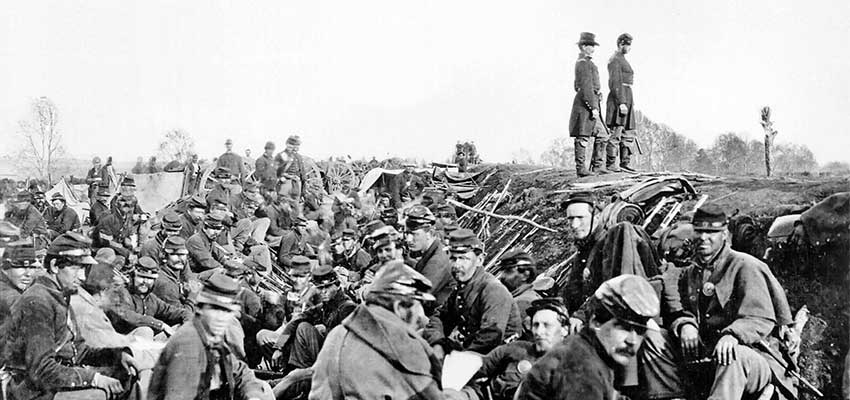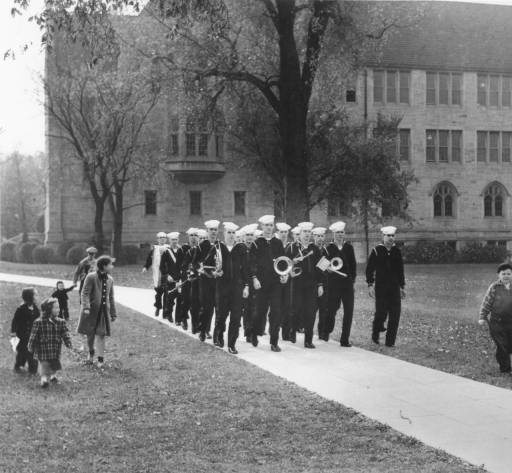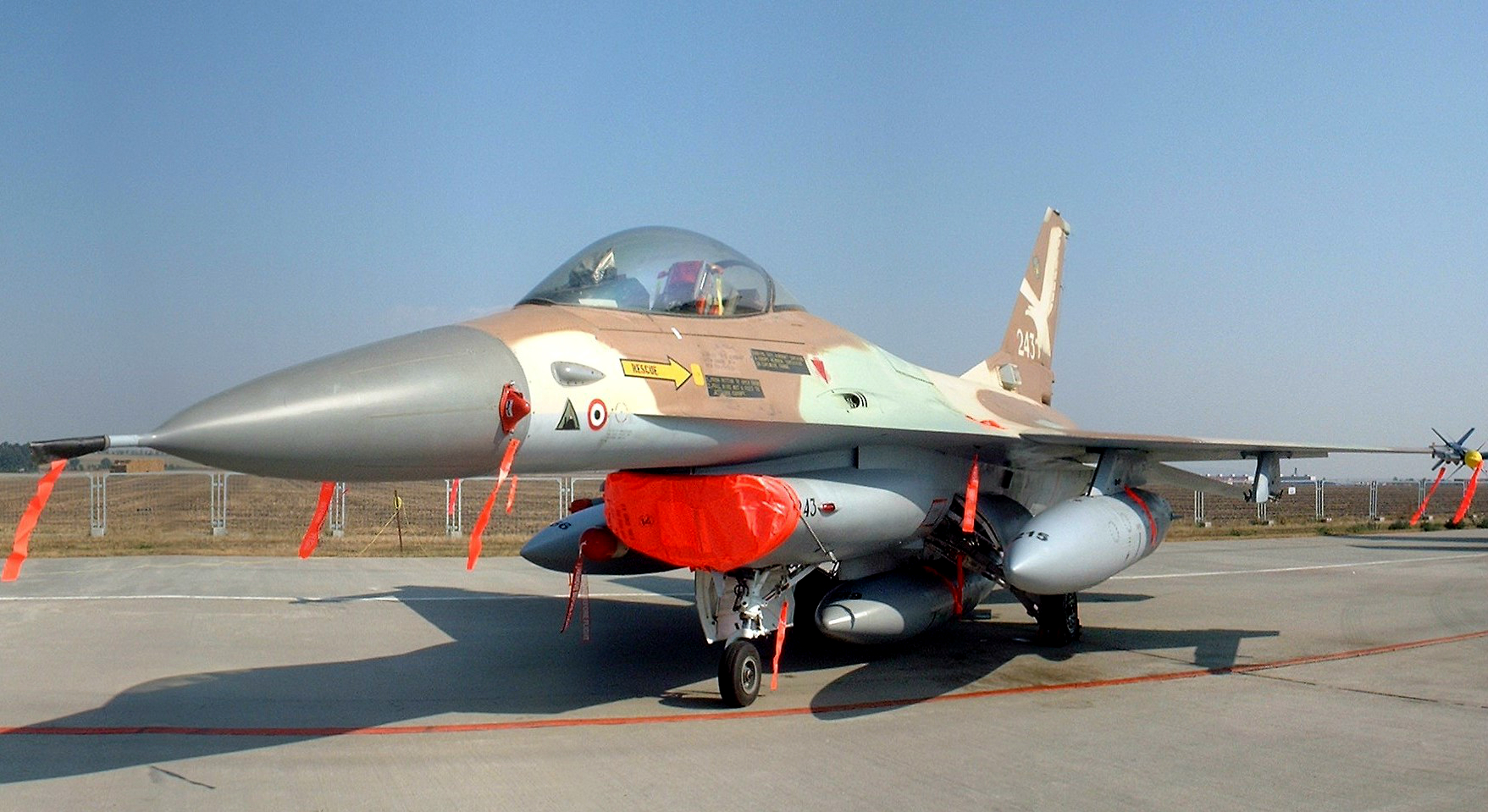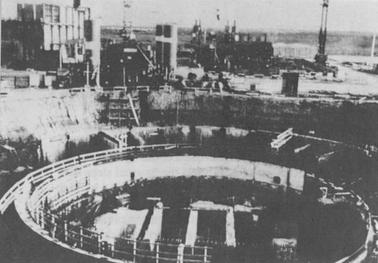c. 1890s: 7th Queen's Own Hussars Horses at Northern Frontier of British India
In 1807, the regiment was designated as Hussars and retitled 7th (The Queen's Own) Regiment of (Light) Dragoons (Hussars). Sent to Corunna in October 1808 to support Sir John Moore's retreat, they fought at the Battle of Sahagún on 21 December 1808 and Benavente on 29th.
The Indian Mutiny
The regiment was deployed to India in late 1857 as part of the response to the Indian Rebellion. Cornet William Bankes, died fighting off his attackers in an incident at Musa Bagh in March 1858 and Major Charles Fraser saved three non-swimmers from the regiment stranded in the middle of a sandbank on the River Rapti in December 1858.
The regiment's title was simplified in 1861 as the 7th (Queen's Own) Hussars.
The regiment provided a contingent for the Nile Expedition in autumn 1884. The regiment was deployed to South Africa in November 1901 and was stationed at Leeuwkop during the Second Boer War.
First World War
Lieutenant Douglas Haig; commissioned into the 7th Queen's Own Hussars in 1885, commanded the BEF in France 1915-1918
The regiment, which had been stationed in Bangalore at the start of the First World War landed in Mesopotamia as part of the 11th Indian Cavalry Brigade in November 1917. The regiment took part in the action of Khan Baghdadi in March 1918 and the Battle of Sharqat in October 1918.
After service in the First World War, the regiment retitled as 7th Queen's Own Hussars in 1921. The regiment, which was re-equipped with Mark II tanks, transferred to the Royal Armoured Corps in 1939.



























